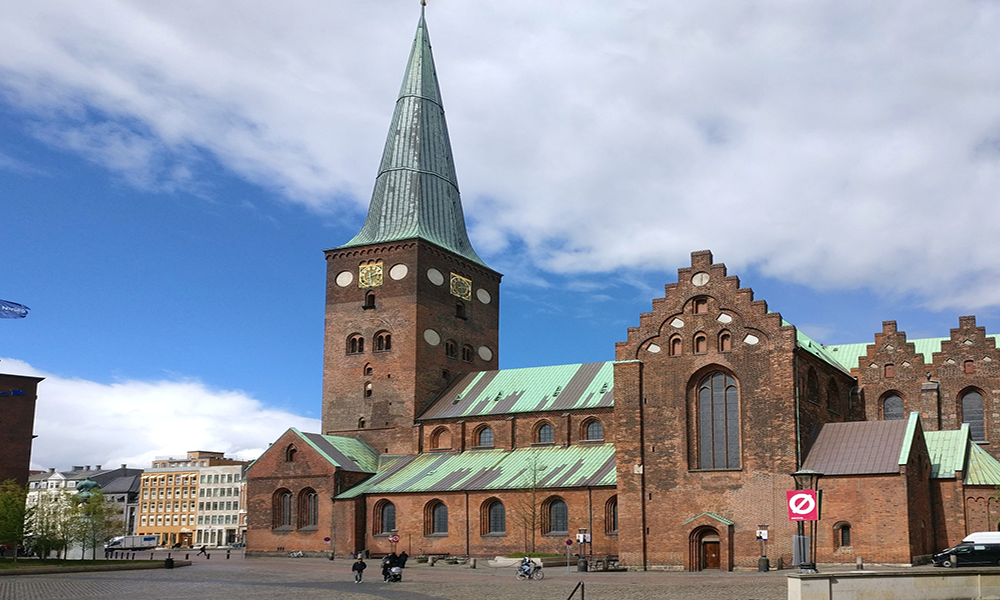Aarhus's Pilot City Activity: CO-SHaping Areas in Peri-urban Environments

Background
The CO-SHAPE pilot project is situated in the City of Aarhus (AAK), Denmark’s second-largest city, aiming to address pressing challenges related to urban land use and renewable energy production.
AAK, committed to achieving climate neutrality by 2030, faces barriers such as insufficient governance tools for comprehensive planning, residents’ reluctance to live near energy projects, and a lack of competencies for cross-departmental cooperation in energy planning.
The pilot tackles these challenges through a co-creation model, engaging citizens, private developers, authorities, and architects. It focuses on establishing the Energy Park Spørring, employing diverse renewable energy sources and sustainable land use practices, while actively involving the local community.
The project’s comprehensive planning and landscape architectural approach, spanning governance, participatory democracy, and capabilities, aims to pioneer new strategies for increased local renewable energy and efficient land use in Aarhus, with the learnings applicable to similar urban typologies across Europe.
Description of Activities
The main focus of CO-SHAPE pilot activities is to establish the Energy Park Spørring, a peri-urban area in City of Aarhus, utilising a co-creation model. The pilot aims to integrate various renewable energy sources and sustainable land use practices, such as a biogas plant, PV park, Power-to-X, grass protein production, and a biochar facility, covering 1,000 hectares. The activities include co-creation workshops, technical energy planning and sector coupling, landscape architectural scenario-building, comprehensive planning, and compilation of learnings for knowledge transfer. Through these activities, CO-SHAPE addresses barriers like insufficient governance tools, resident opposition, and a lack of cross-departmental cooperation, with the objective of producing a Comprehensive Plan and contributing to Aarhus’ net-zero goals by 2030.
Objective
The key outcome of the CO-SHAPE pilot activities is to pioneer comprehensive energy planning as a governance tool, facilitating increased local renewable energy, efficient and high-quality land use, and holistic sector coupling, thereby contributing substantially to Aarhus' net-zero goals and providing a replicable model for similar urban typologies.
Are the pilot activities building upon or part of a previous and/or existing activity?
CO-SHAPE builds upon the postdoc research project at Aarhus School of Architecture, “Transition to sustainable urban communities” (April 2024-March 2027), which examines the sustainability transition of cities and urban areas in the City of Aarhus. It integrates insights from urban and landscape planning and the Differentiated Urban Typology Approach.
Additionally, CO-SHAPE draws from experiences in projects like REGREEN 2019-2023, Invest4Nature 2022-2026, and MOSAIC 2018-2020, incorporating methodologies for nature-based solutions, engaging stakeholders, and fostering co-creation. This collaborative approach aligns with Aarhus’ ongoing efforts, such as the Climate Action Plans (CAP21-24) and the strategic shift in 2023 towards more radical interventions for climate neutrality by 2030.
Which emissions domains will the pilot activities address?
Systemic transformation – levers of change the pilot activities will exploit
Stakeholder types that the city would like to engage in the pilot activities
Transferable features of the pilot activities to a Twin City/ies
- Comprehensive Planning Approach: The pilot introduces a comprehensive planning model for peri-urban areas, addressing energy, agriculture, and societal needs.
- Playbook of actions: Creating a playbook of actions and procedures for the holistic transition of peri-urban areas, which will be published on the AAK website in English and Danish. It will also include a replicable playbook documenting best practices, already successfully replicated in 5 neighbouring municipalities.
- Tailored Sustainability Initiatives: Implementing a differentiated urban typology approach tailored to specific characteristics of urban areas, impacting over 80% of the city’s population.
- Effective Stakeholder Engagement: Conducting in-depth stakeholder engagement sessions resulting in an 85% satisfaction rate among participating stakeholders.
- Scenario-building: Conducting landscape architectural scenarios as a tool for cross sectorial collaboration, public participation and holistic land use
- Citizen Co-creation: Implementing bottom-up citizen engagement approaches, leading to a 40% increase in public trust towards municipal decision-making processes.
- Comprehensive Governance Model: Proposing a reflexive governance model resulting in a 50% reduction in bureaucratic delays and a 60% decrease in NIMBY sentiments.
This answer is not exhaustive and simply an indicative one.
Enabling conditions that will support the successful replication of your pilot activities in the Twin City
- Similar geographical scope: CO-SHAPE is committed to working with peri-urban development, and thus to successfully replicate our pilot, the Twin City must be either actively planning or in the process of planning the development of a peri-urban area, or at the very least developing an area that is equally complex to plan with regards to expanding and/or building renewable energy (RE). These complexities can arise from e.g. decreasing value of properties, dynamic between centre and periphery, densifying cities, multi-functional land use, and unequal distribution neighbourhoods with high emissions and neighbourhoods with space for RE.
- Shared attitude with regards to breaking down municipal departments: One of the key enabling conditions for replicating our Pilot Project is that the Twin City is also interested in comprehensive planning, which is only possible if the city has either the capacity or the willingness to work cross-organisationally and across municipal departments and breaking silos.
It’s important for us to mention that the twin city does not necessarily have to have the same bottom-up approach (e.g. involvement of residents) like us, if they tackle “Not in My Backyard” (NIMBY) and work with energy operators in a more top-down way, that could also make for an interesting contrasting perspective.
This answer is not exhaustive and simply an indicative one.
What does the city want to learn from Twin City/ies?
AAK has an especially keen interest in the following five learning interests, listed in order of priority:
- Peri-urban focus: How the twin city works with energy planning in peri-urban areas.
- Stakeholder engagement of energy operators: How the twin city works with external stakeholder engagement, especially where the external stakeholders are energy operators/facilities.
- Stakeholder engagement and NIMBY: If and how the twin city is working with external stakeholder engagement in order to alleviate NIMBY.
- Comprehensive planning: How the twin city works with comprehensive planning, so that e.g. landscape, architecture, and possibilities for recreation is also being considered when planning urban/peri-urban development.
- Overcoming barriers for cross-departmental and cross-organisational cooperation: How the twin city is working with overcoming barriers between municipal departments (e.g. offices for energy planning and offices for business involvement) or across organisations (e.g. the city itself, learning and research institutions, civic associations, and energy operators).
This answer is not exhaustive and simply an indicative one.

